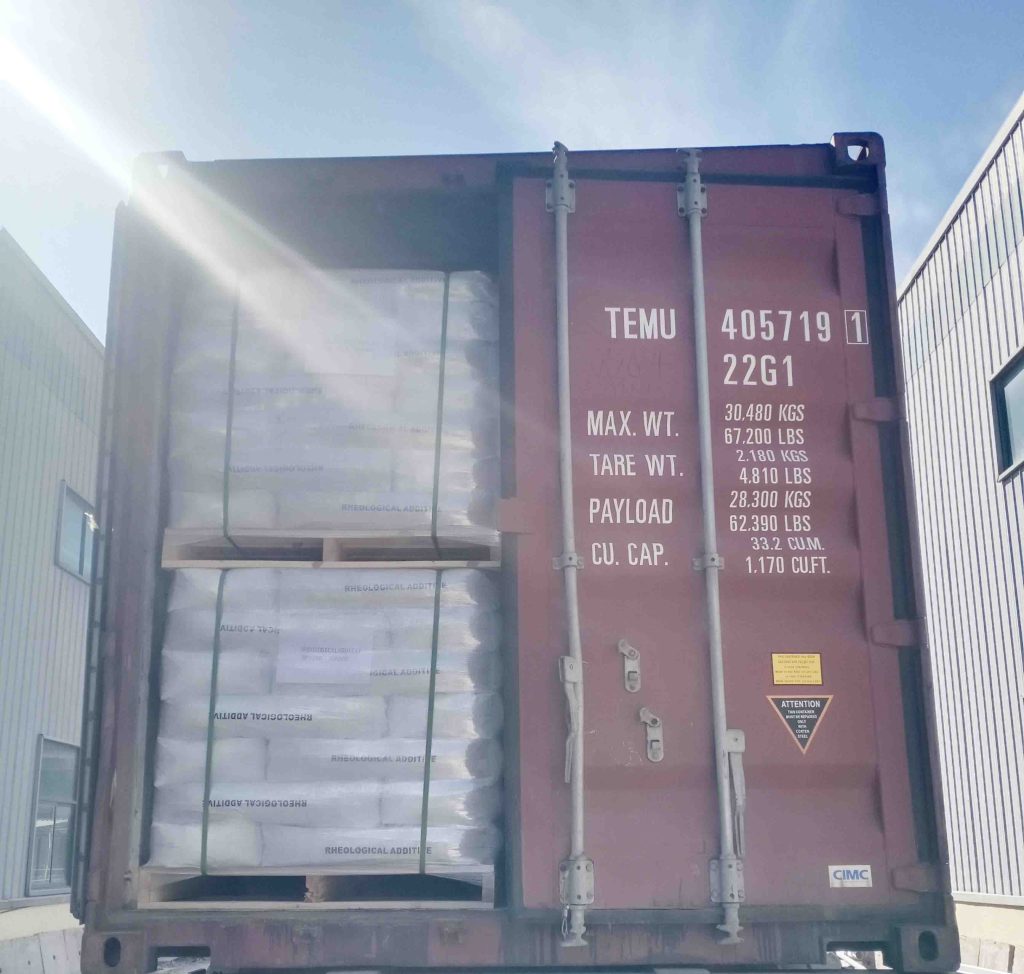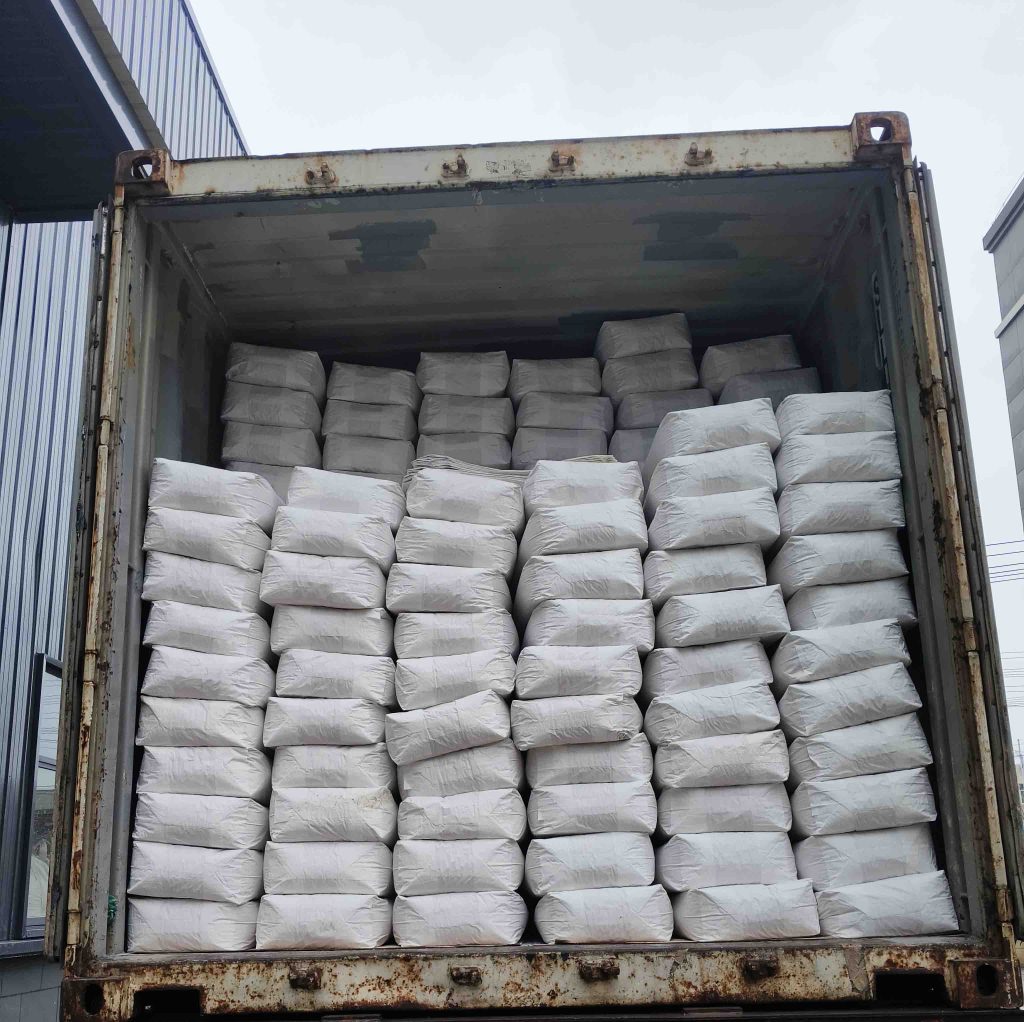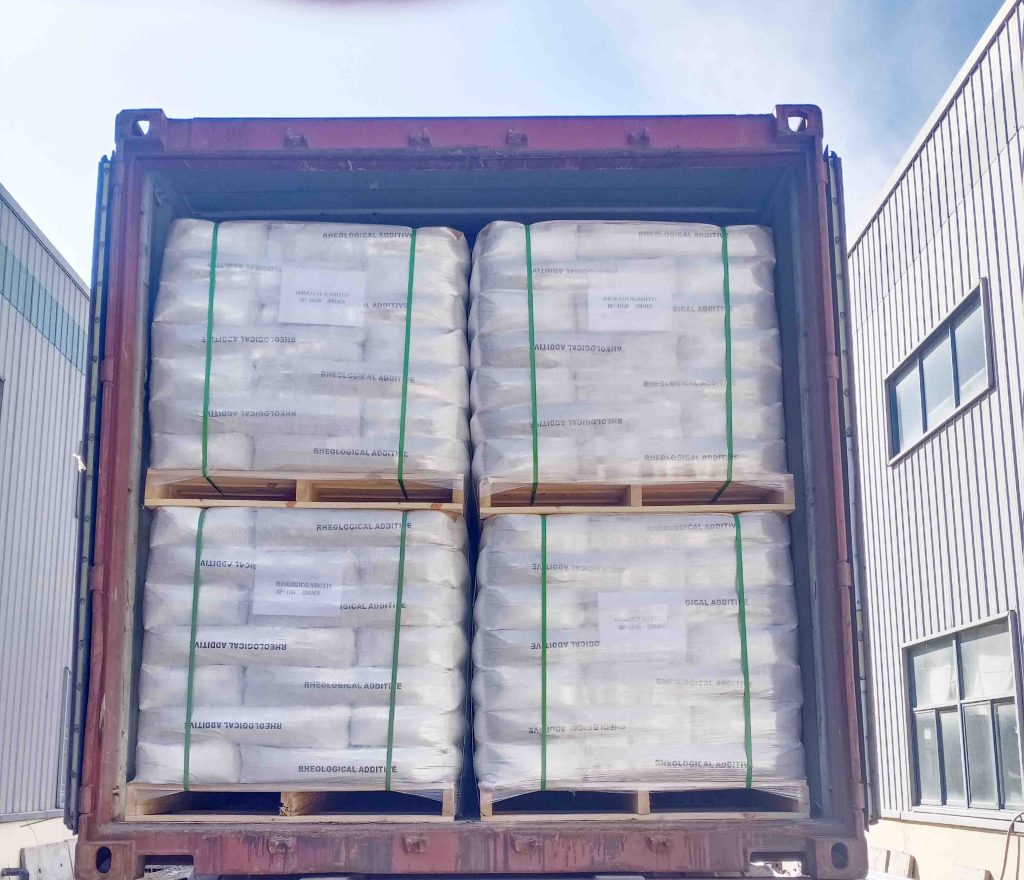Glass beads blasting : Refractive index test: Refractive index is a representative index to prove whether the performance of glass beads is good or not.
Optical equipment can be used to test its refractive index. 8. 8. surface finish, in addition to the naked eye to detect it, but also need to choose the microscope and other instruments to measure.
In addition to the above tests, we should also test its mechanical strength and dimensional tolerances. The above tests will directly affect whether the glass beads are qualified, and whether the performance can fully meet the user’s needs!
glass beads blasting

What Are Bead Blasting’s Applications?
| Aerospace industry | Remove rust and paint from mechanical components to remove knife marks. |
| Remove scratches on the rubber | Reflective paint for roads |
| Scratch treatment on the surface of stainless steel. | |
| Foundry industry; | Pre processing in the electroplating industry. |
| Semiconductor Industry | Crafts for exterior decoration |
glass beads blasting
The quality inspection of glass beads usually includes the following aspects of standards: The inspection of glass beads includes particle size, shape, density, surface finish, transparency, chemical stability, mechanical strength, refractive index, impurity content, and dimensional tolerances.
Overall, the appearance of hollow glass beads is round and transparent or translucent. Its chemical composition is mainly based on silicate, but also has that probability of trace elements, its hardness is between 6 ~ 7 surface is very smooth, wear resistance is also very strong.
Specific gravity is relatively light, so in the paint has a strong suspension properties. His very strong refractive index makes it have outstanding performance in reflectivity, its refractive index is generally between 1.5~1.6.
Temperature stability and humidity stability are extremely prominent ah, because the temperature can be between -60 degrees to 240 degrees can be used for a long time, he will not be affected by high and low temperatures.
Glass beads for improving the gloss of the paint, as well as its density and fluidity and so on have a prominent role.
Size of glass beads for blasting
Model of Bead blasting glass | Sieve Size (mesh) | Particle Size Range(μm) |
WSL17L# | 20~40 | 425 ~ 850 |
WSL 18L# | 30~40 | 425 ~ 600 |
WSL 19L# | 40~60 | 300 ~ 425 |
WSL 20L# | 60~100 | 150 ~ 300 |
WSL 21L# | 70~140 | 106 ~ 212 |
WSL 22L# | 100~140 | 106 ~ 150 |
WSL 23L# | 100~200 | 75 ~ 150 |
WSL 24L# | 140~200 | 75 ~ 106 |
WSL 25L# | 140~270 | 53 ~ 106 |
WSL 26L# | 200~325 | 45 ~ 75 |
Specification of Bead blasting glass
| Specific gravity | 2.4-2.6 g/m3 |
| Stacking density | 1.5g/cm3 |
| Type | Blasting / Shot Peening Media |
| Spherical | |
| Rockwell hardness: | 46HRC |
| Mohs | 6-7 |
| Round rate | 80% |
| Melting point | 710-730 ℃ |
| Index of refraction | 1.5—1.6 |
1. Particle size distribution: In this test, we always require the uniformity of glass beads in the context. It can be tested according to the minimum particle size, maximum particle size and some specific ranges of particle size.
2. Sphericity: The standard glass for its shape is spherical, in the shape of the particles we require a standard test results are particles close to the sphere. Geometric characteristics, scanning to determine the measurement results.
3. Density: the density of glass beads will be directly related to its mechanical strength and stability. We can choose the density meter to test its density.
4. Transparency can be examined by optical microscope and optical test equipment.
5. chemical stability is one of the most important aspects, usually the scope of the test includes corrosion test and immersion test.
6. The test of impurity content can prove whether the glass beads are qualified or not as an index, which can be tested by spectrometer.
It directly affects the stability of the performance of glass beads.


